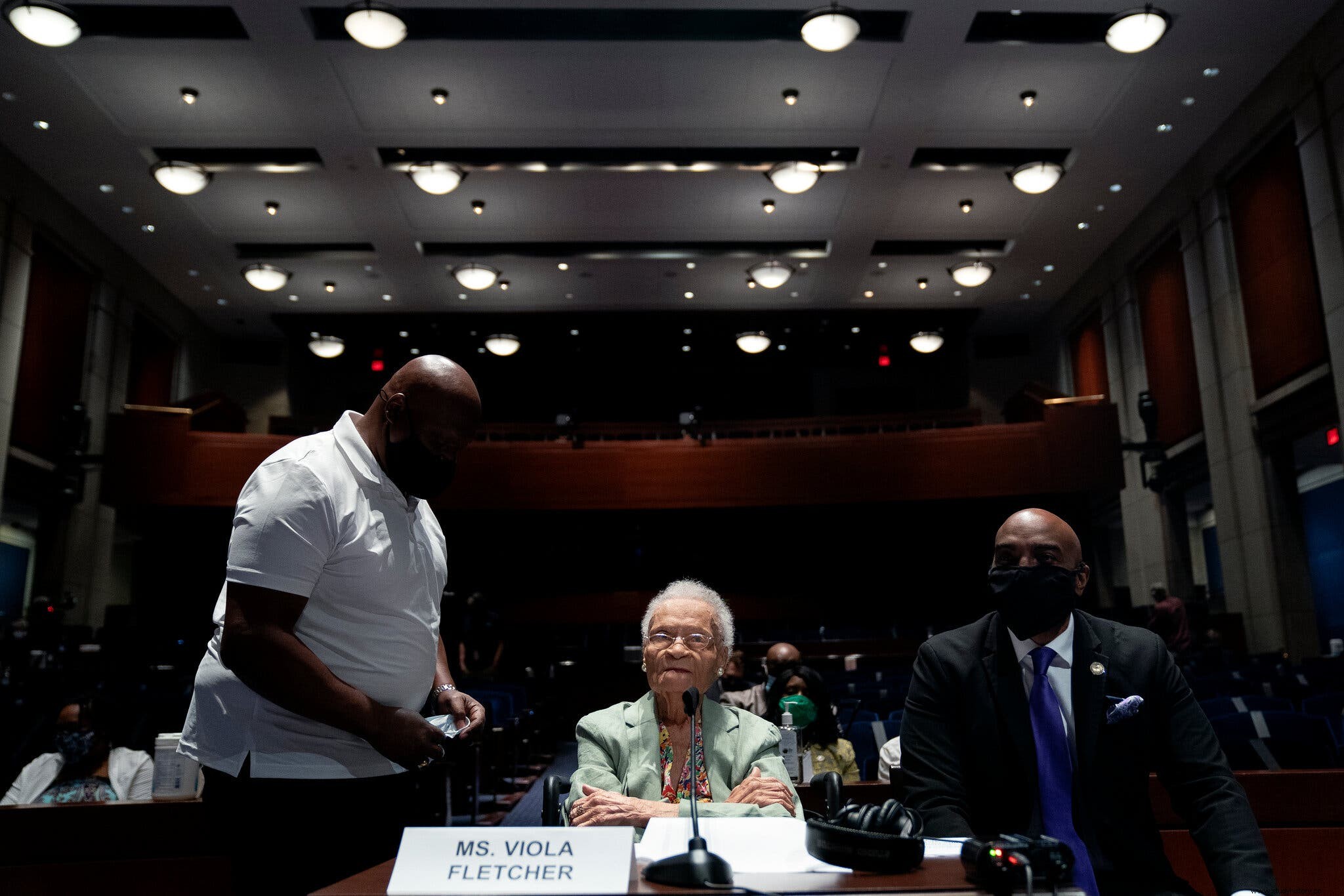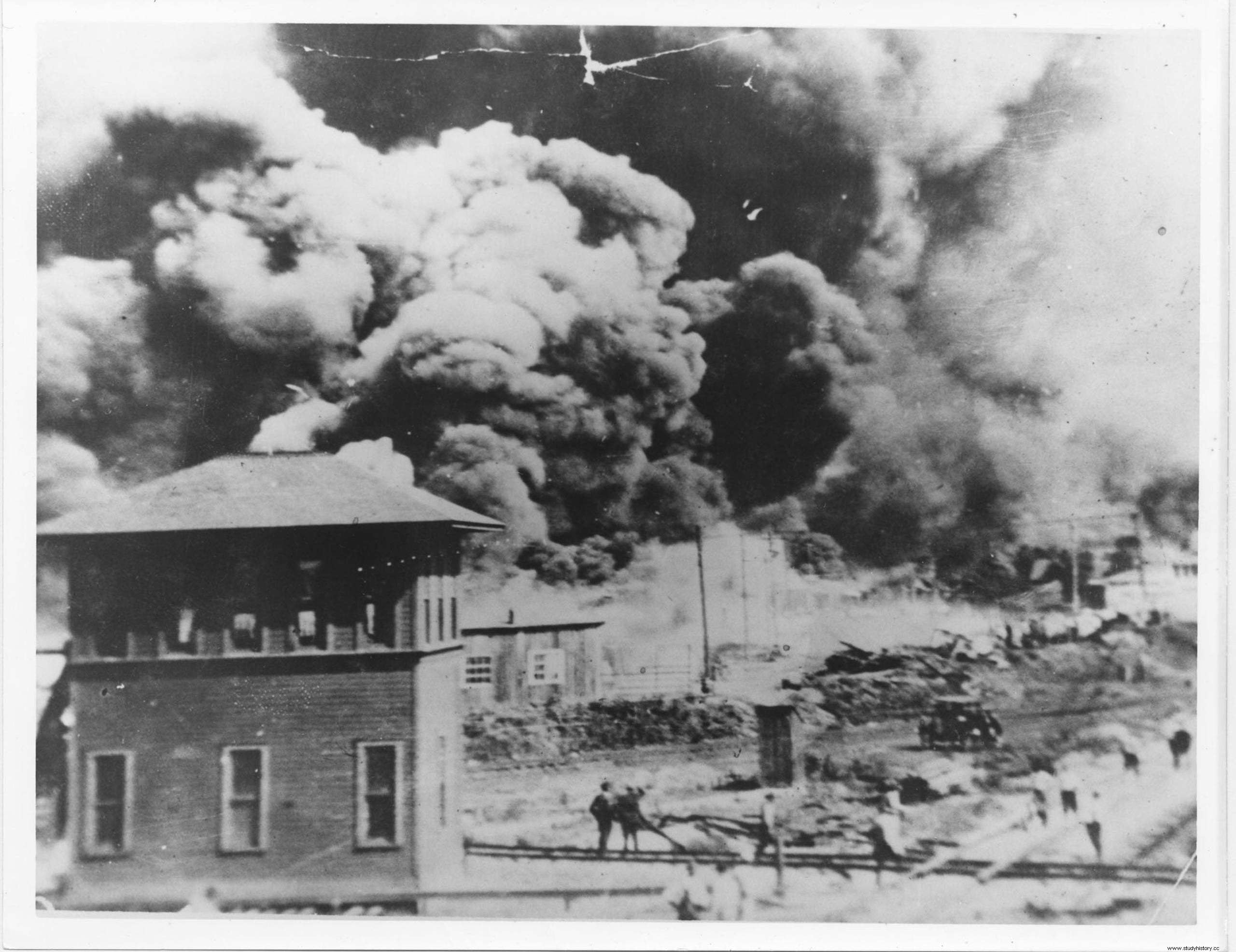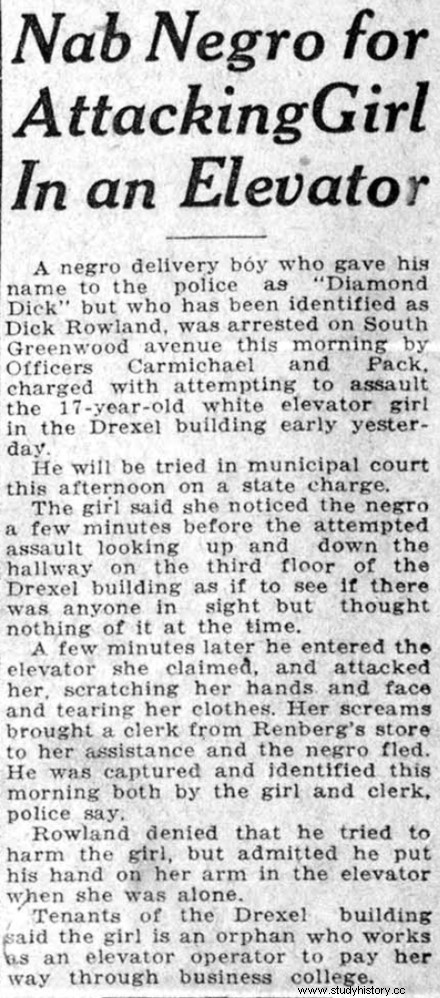The Greenwood District of Tulsa, Oklahoma was a place where African Americans from the early 1920s flourished due to the establishment of businesses in the district. As a result, the Greenwood District would be nicknamed 'Black Wall Street'. Unfortunately, this success would not last, with a day of tragedy brought upon them in May 1921, with a crowd of white Tulsa residents attacking them in the Greenwood district.
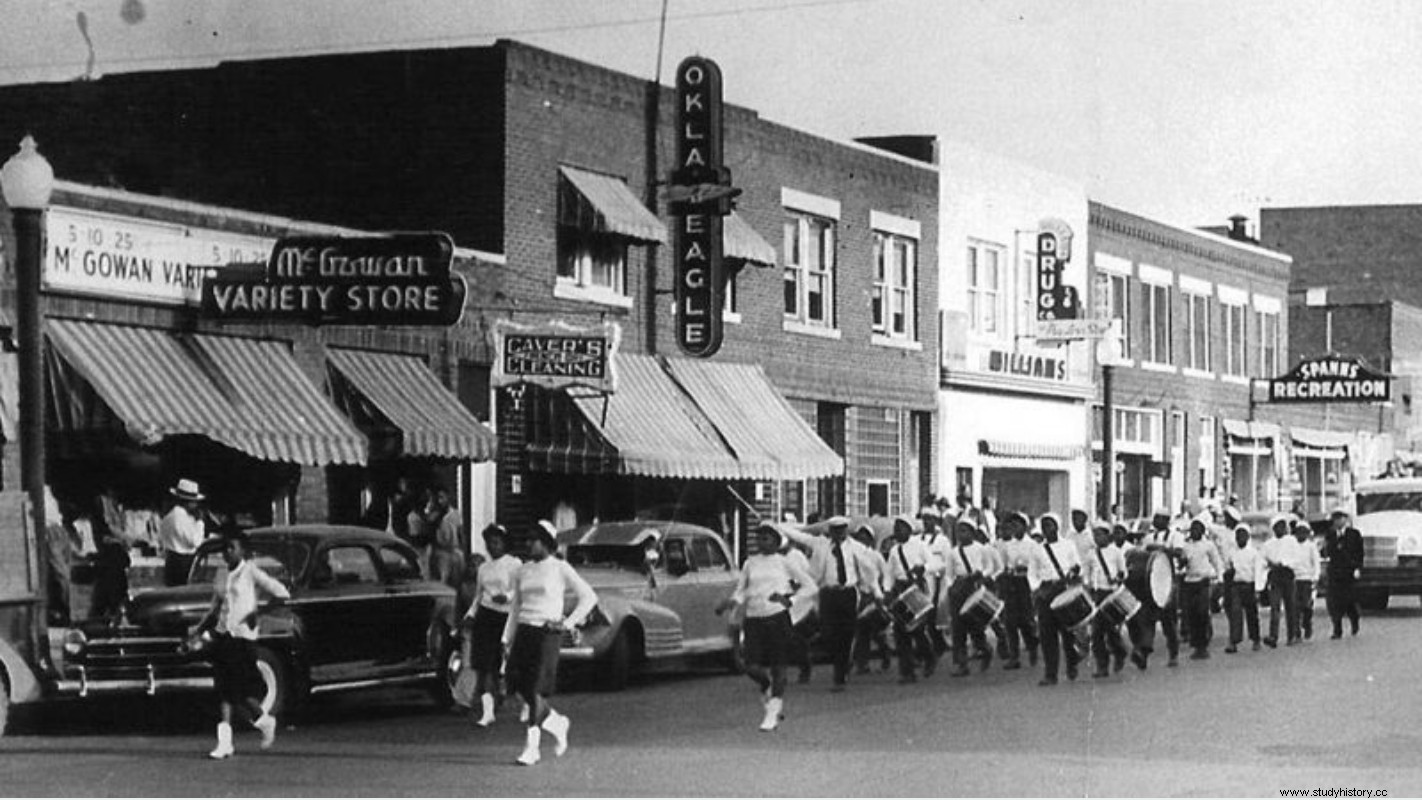
Although this incident is an extreme example of racist violence in America, the Tulsa Race Massacre has not been highlighted in history as much as it should be. This article will discuss the history of Black Wall Street, as well as the motives behind the massacre and its significance in anthropology.
The establishment of Black Wall Street
OW Gurley can be credited as the founder of the Greenwood District. A successful entrepreneur, "Gurley originally established himself about 80 miles west of Tulsa, where he claimed a plot of land, became principal of the local school and ran a successful country store for more than a decade." (CNBC)
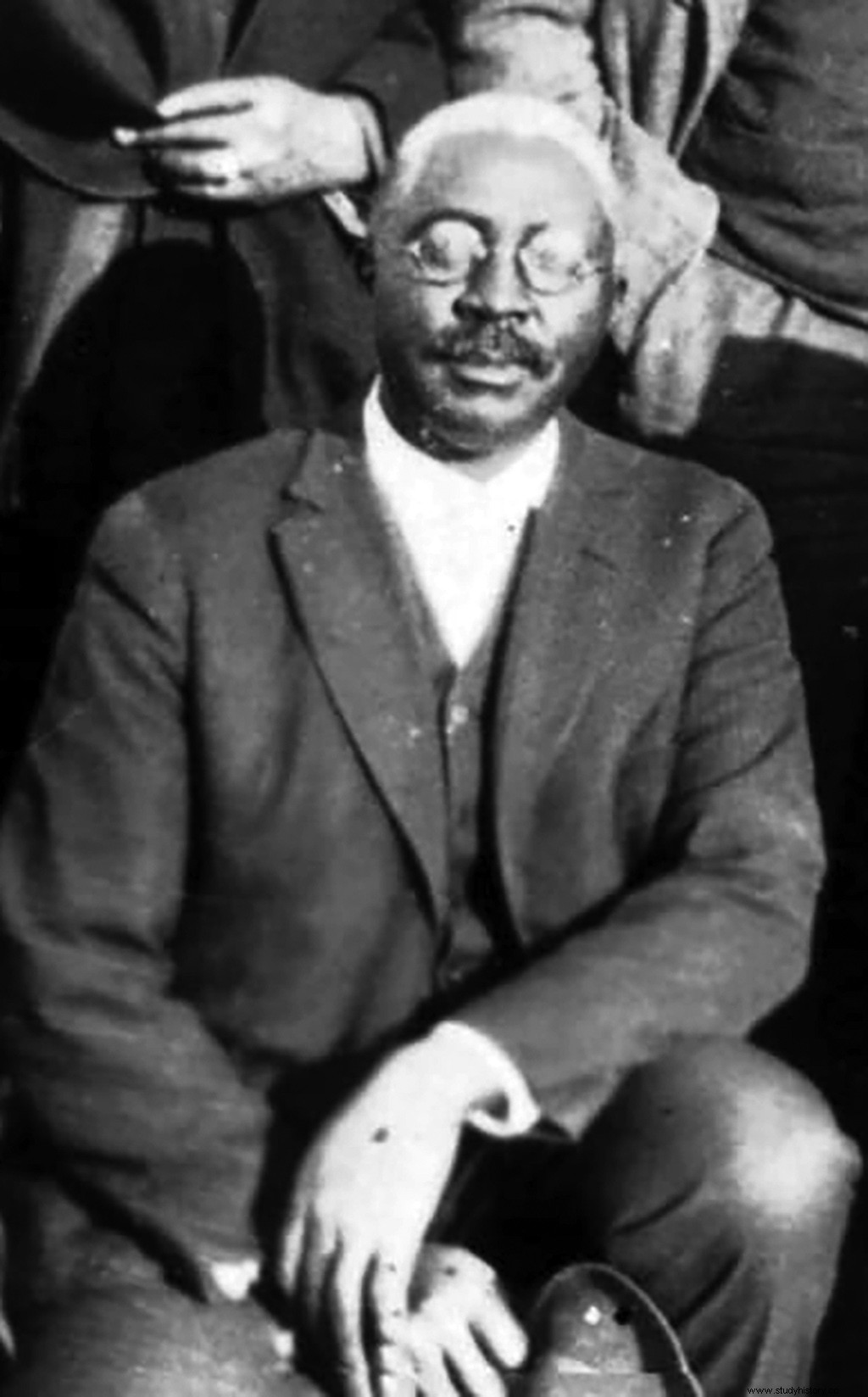
Gurley would continue to buy 40 acres of land in 1905, with black Americans' ambition to flourish. With this ambition, he wanted to help the black community in Tulsa flourish.
Business is booming
Greenwood would soon be a success, with the growth of housing and commerce. It became a place where black Americans found success without the shackles of oppression holding them back. Gurley's belief in Greenwood's success would prove to be true:
Between 1910 and 1920, Tulsa's population almost quadrupled to more than 72,000 2,000 and the black population rose from less than 9,000 XNUMX to almost XNUMX XNUMX.
Antoine Gara
JC Stradford, also an entrepreneur, wanted to team up with Gurley to help expand the Greenwood district. He would continue to build the Stratford Hotel, which would become known as:
At the time, it was the largest black-owned hotel in America with 54 suites, a gambling hall, a dining room, a lounge and a pool hall. Stradford had built its hotel to be equal in luxury with the finest accommodations in white Tulsa, and it stood as the great monument to Greenwood's rising success, valued at $ 75,000 2.5 (or about $ XNUMX million today).
Antoine Gara
Greenwood would be a place of financial promise. During the time of the Jim Crow laws, Greenwood was what black Americans needed to survive a state where segregation was prominent.
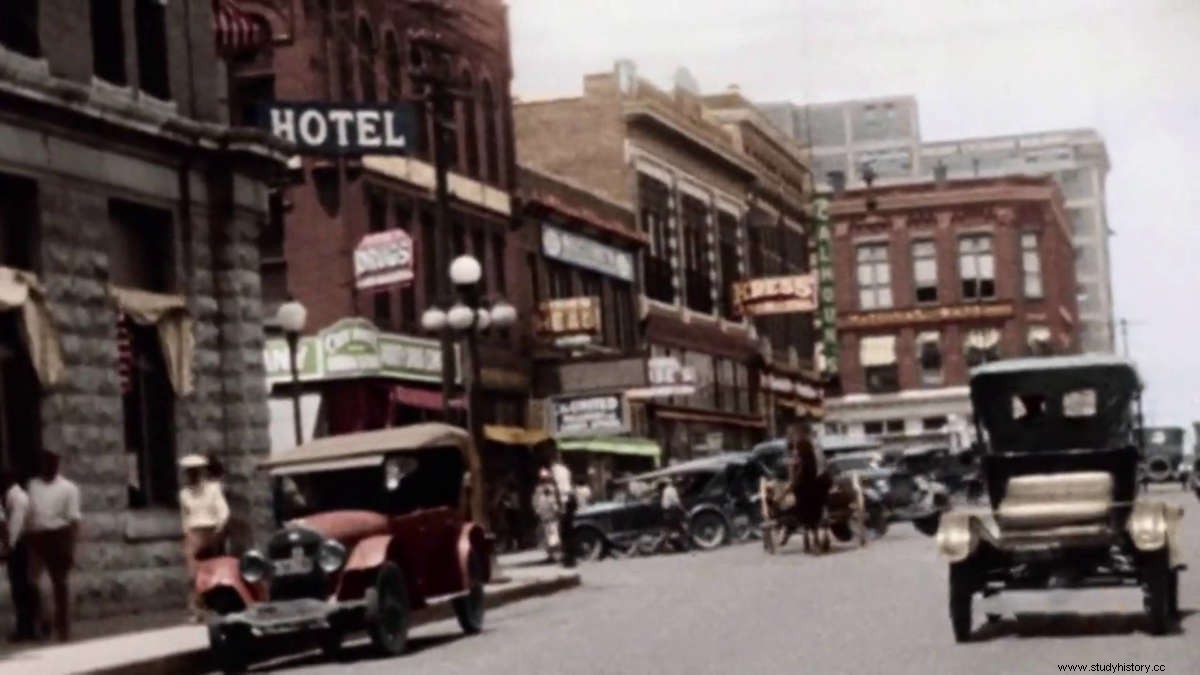
The doom to Greenwood
Greenwood would continue to thrive despite the difficulties of World War I. Alas, racism was something that could not be avoided at that time, especially with the Jim Crow laws in full effect. To understand why the Tulsa Massacre took place, we need to look at the basis of the Jim Crow laws and how they were enforced during that period.
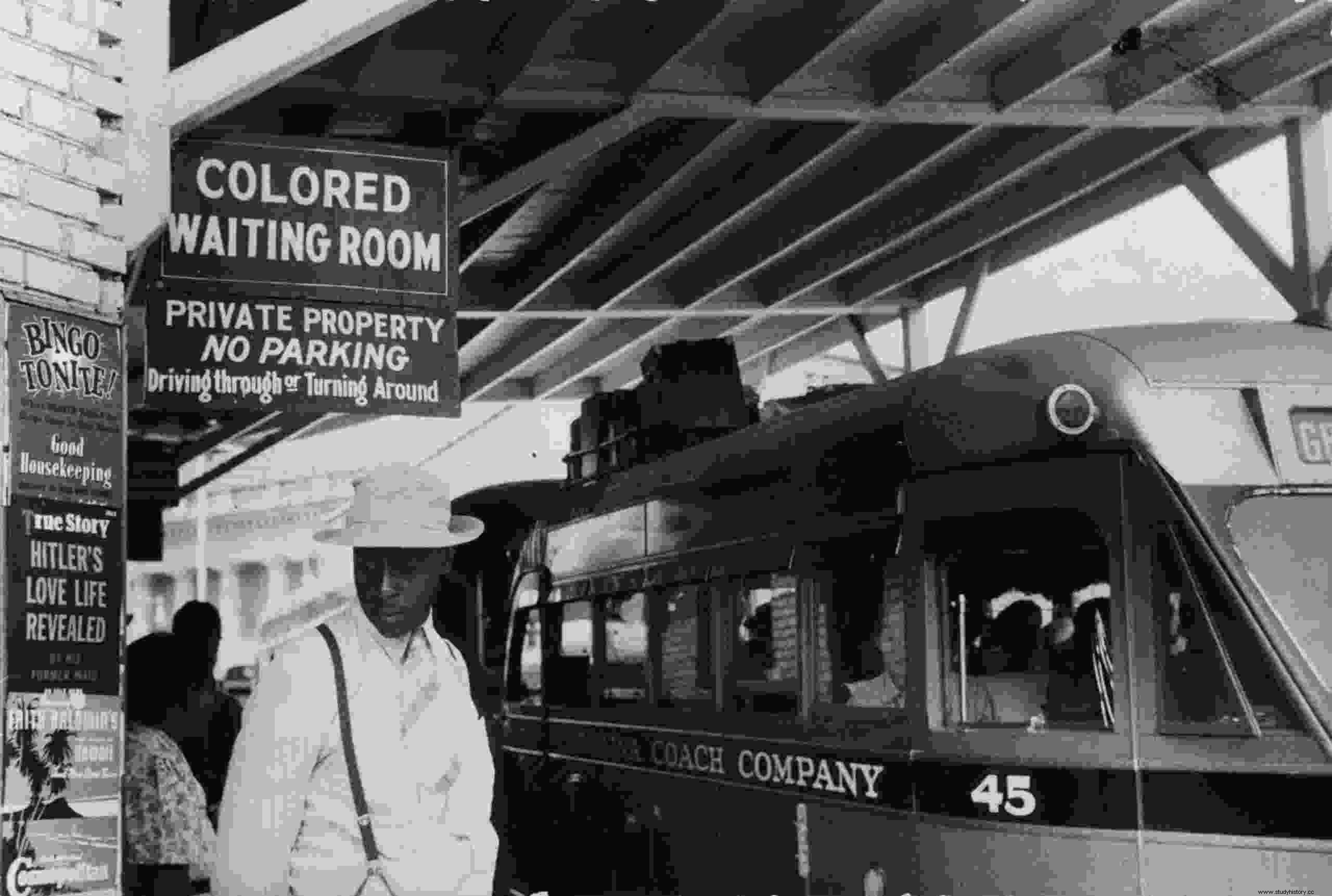
What are the Jim Crow laws?
The Jim Crow laws date from 1877 and were a means of racial segregation after liberation. Legislation was passed, especially in southern states, with separate public places for whites and people of color. The concept of Jim Crow Laws allowed the control of black Americans without the use of slavery.
In law, these laws present themselves in a "separate but equal" concept (Jim Crow laws). This was far from the truth in practice. Black Americans were denied things like voting rights and property ownership. White Americans were determined to enforce the law themselves, with white supremacist groups punishing black people for every mistake made, no matter the size. The more black people tried to resist, the more intense the consequences, ranging from prison to lynching.
A ticking time-bomb
